Salsa – Musical Instruments
At the heart of Salsa music is percussion and it’s the reason why a typical Salsa band has a few musicians playing the congas, timbales, cowbells, bongos, maracas, claves, marimba and vibraphone. The combination of these instruments provide the multiple and unique rhythms influenced by the Cuban son (song) and music of Africa. The music Salsa bands produce are truly fit for dancing.
To know Salsa music is to know its instruments, so you can learn to distinguish the different sounds and follow the beats better, particularly the claves. So let’s get on with the background information on most of Salsa’s traditional instruments.
Bongos (Bongocitos)
This is a pair of round drums. The musician holds these in the knees and played with the hands. The two drums are fastened together at the middle while the tops are covered by leather, stretched over the drums with a flame’s dry heat. The diameter of the Bongos – six and eight inches are the two sizes available. The larger sized drum is on the right and on the left is the smaller one. It is a vital part of the Latin rhythmic styles, including Rumba and Conga and an instrument that is absolutely necessary for all Cuban rhythms.
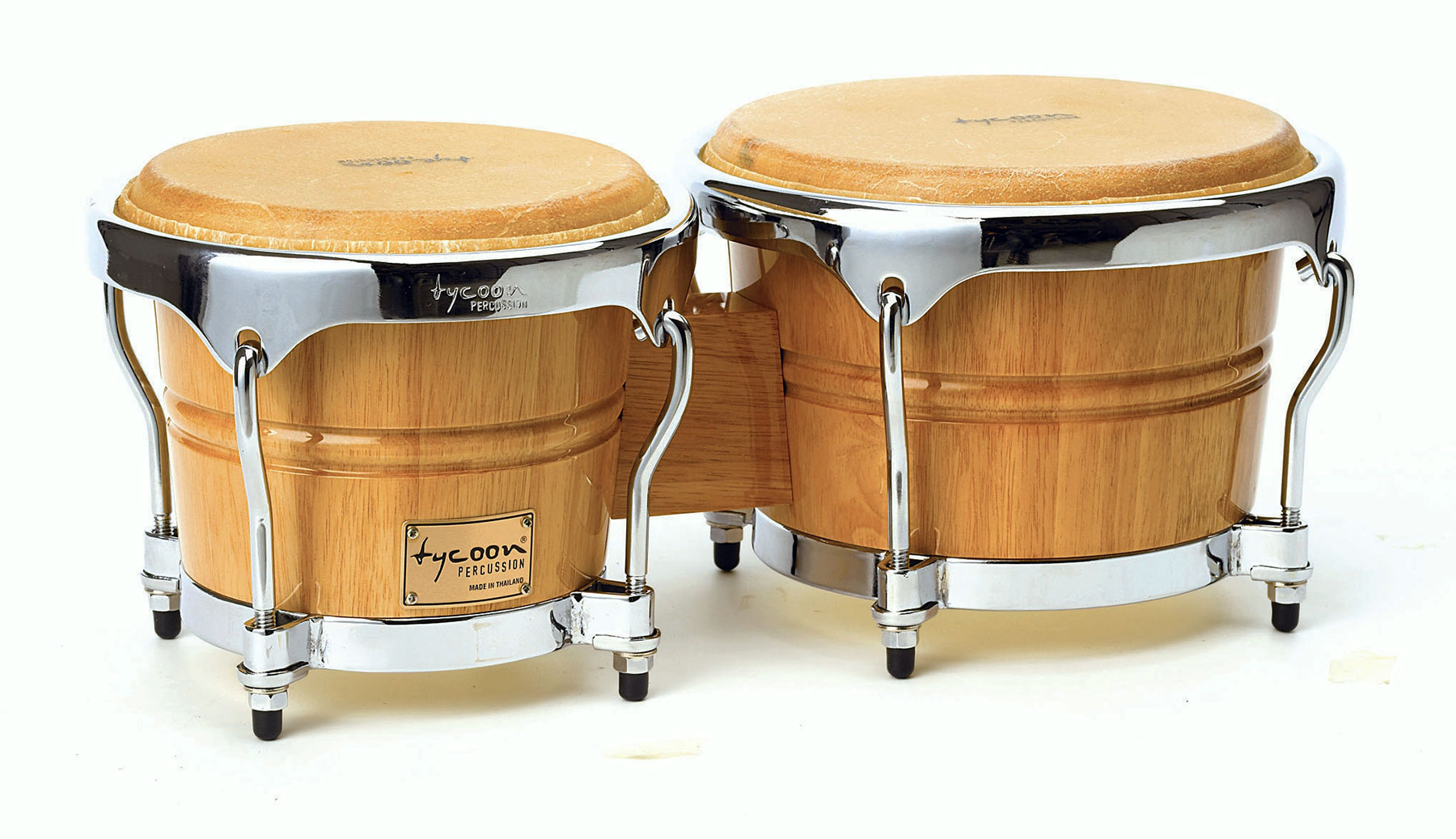
Botijuela
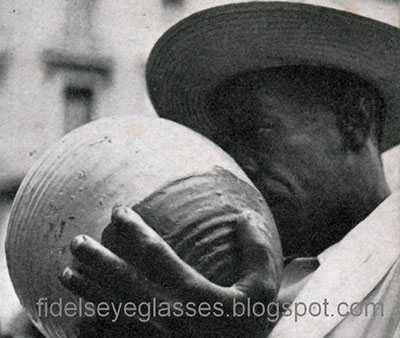
This is a potbellied jar that is especially used for storing oil or milk during transport. In all original Son bands, the Botijuela, sometimes called “bunga,” was used as a bass instrument. It is made of yellow clay and has a short slim neck. To use it as a musical instrument, a hole is carved on the side of the vessel near the base of the neck. This is where the musician places his mouth in order to blow air into the jar, which produces a low double bass sound.
Claves
Claves, a pair of short sticks made of special hardwood like ebony, are eight inches in length and one inch in diameter. The sound the sticks made when struck together is metallic and very distinct. It rises above all the other instruments and the particular sound that not only carries the music’s rhythm, but also guides the dancers’ steps and conducts the melody. The Cuban musicians were the ones who discovered and first used the claves.
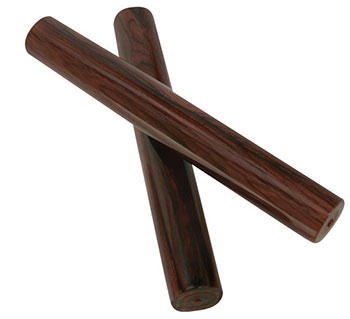
Conga Drum
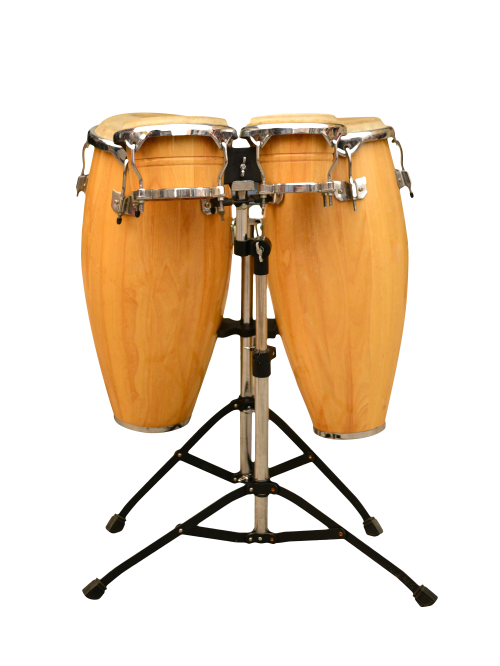
The body of the tumbadora drum is made from elongated wood. The musician places the conga drum between the knees and uses the palms of his hands to strike the top of the drum. The deeper sound is produced by striking the center of the drum with the hand while a short and muted sound is produced when the edge of the drum is struck with the palm. Like the other instruments such as the claves and the bongos, the tumbadora is very vital to Latin rhythms, as it produces the Afro-Cuban rhythms that are very much a part of Salsa music. It is also very essential in playing conga rhythms that is why the tumbadora is also referred to as conga drum.
Cowbell
The cowbell is also called the cencerro. It produces strong rhythms because it is made of hard metal. A short metal or wooden stick is used to strike the cowbell. It is capable of producing two different sounds depending on which part of the bell is hit. Cuban music players sometimes use two cowbells, one large and one small, to produce two very distinct sounds. The cowbell is indispensable in congas and rumbas but not in boleros. It helps guide other rhythmic instruments.
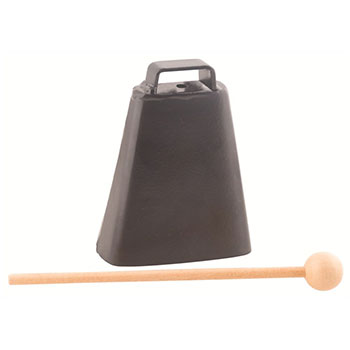
Güiro
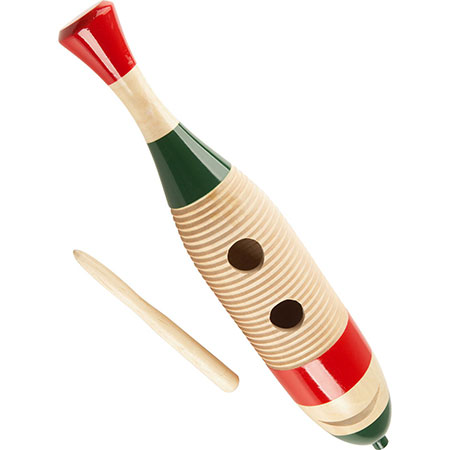
A modern güiro is made from fiberglass. The traditional one is made from a dried, hollowed out gourd with an open end. Parallel notches are carved on one side of the gourd. A ratchet sound is produced by rubbing a stick or metal rod along the notches, which produces different sounds depending on the materials used to scrape the notches. The güiro is very common in Latin American, Cuban and Puerto Rican music. It has a key role in the rhythm section of Son, Salsa and Trova. The güiro can likewise produce long and short sounds depending on how the notches are scraped up and down. It is often played by the singer, just like the maracas. It is played along with the claves.
Marimbula
It somewhat resembles the modern beat box or cajón. It is a wooden box in just the right size for a musician to sit on. The marimbula is actually a finger piano with a circular sound hole. A set of keys made from different sized sheet metal is fastened over its opening. When played with the fingertips, the keys produce different notes. French blacks from Santo Domingo brought this instrument to Cuba.
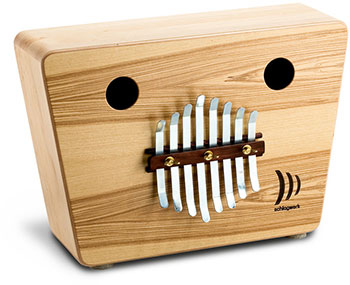
Timbales
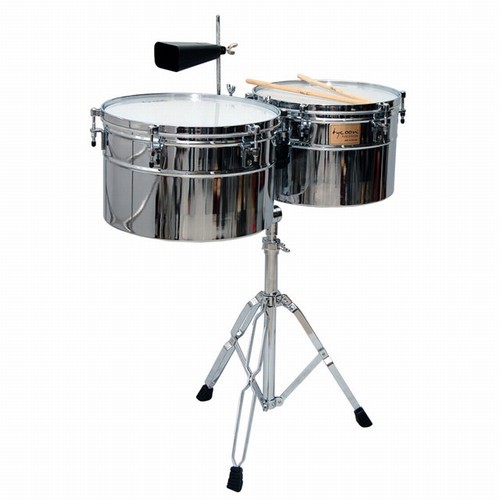
Timbales or pailas are two drums. The sizes of these shallow drums are very distinct. The diameter of the larger drum is 14 inches and located at the left while the right drum is 13 inches in diameter. Timbales are tuned higher, with the rhythmic sound produced by hitting it with 12-inch long uniform sized sticks (not the regular shaped drumsticks). Its shell is made of metal and also produces a different sound when struck by the sticks. Like the rest of the instruments, the timbales are very important to Latin American music.
Bands playing Cuban music contrast with rock and roll bands. In the 1950s, the bands in Havana were influenced by the American Swing bands and tended to have several musicians in the group and sometimes had about 13 members. They also often needed a music director for their performances. Rhythm is very important to Salsa and Latin-based music, with the claves, congas, double bass and piano the most essential. Of course the other instruments combine to add the spicy flavor to the sound.
The mostly-African instruments gave more life and soul to Cuban Son, providing the distinct rhythmic sound that’s very unique in Salsa.

